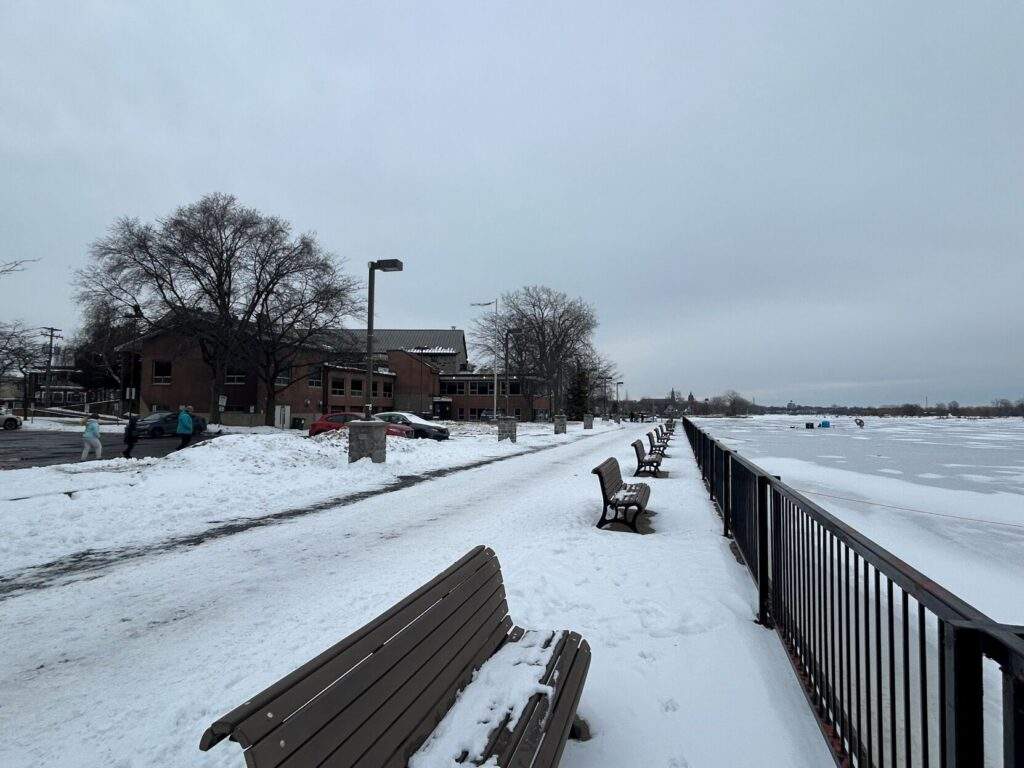By Chelsey St-Pierre
The Suburban
As Montreal celebrates the bicentennial of the Lachine Canal, this remarkable feat of engineering tells a story not just of water and stone, but of the people who built, worked, and lived along its banks for two centuries.
Built largely by Irish immigrants who would later settle in what is now Griffintown, the canal’s construction started in 1821 was an unprecedented undertaking. The 500-strong workforce assembled for the project was the largest in Canadian history up to that time, its labour shaping the future of Montreal one shovelful at a time.
The initial canal system, completed in 1825, was a masterpiece of early Canadian engineering. Seven precisely engineered locks, each measuring 30 metres long, six metres wide, and 1.5 metres deep, allowed vessels to bypass the treacherous Lachine Rapids that had previously forced costly and time-consuming portages.
The canal’s impact on families and businesses proved transformative. During the late 19th century, working-class families began crowding into neighbourhoods located close to the factories, creating vibrant communities, marking the beginning of a cultural landscape that would grow for generations.
Among the canal’s early success stories was John Redpath, whose legacy still sweetens Canadian life today. In 1854, he established the Canada Sugar Refining Company along the canal’s banks, building an empire from the waterway’s strategic location and power generation capabilities. The Scottish-born Redpath had arrived in Canada in 1816 at age 20, armed only with his training as a stonemason and boundless energy. His story embodies the entrepreneurial spirit that the canal fostered.
The canal’s history is marked by continuous evolution. When it was first widened in 1848, Montreal experienced an unprecedented industrial boom, transforming the city into Canada’s industrial heart. Over two centuries, more than 600 businesses would make their home along its banks, each contributing to Montreal’s growing prosperity.
Today, the canal’s engineering legacy continues to serve Montreal, albeit in a different capacity. Parks Canada manages the historic waterway, which reopened for recreational boating in 2002. The original lock system, though modernized, still functions using the same fundamental principles that guided its 19th-century designers.
Modern engineers and urban planners now face new challenges as the canal corridor evolves. The Lachine-Est sector is undergoing significant transformation, requiring careful integration of historic infrastructure with contemporary needs. Yet even as the landscape changes, traces of the canal’s industrial heritage remain, telling stories of the generations who worked and lived here.
Today, the canal has transformed into a vibrant recreational corridor that attracts millions. The multipurpose path, which runs 14.5 kilometres from the Old Port to Lachine, was opened in 1977 and has become one of the oldest urban paths in the Montreal area. In 2009, it even placed third on Time Magazine‘s list of the top 10 urban bike paths in the world. The canal’s current recreational life would surely astonish its 19th-century engineers, with visitors now exploring a landscape dramatically different from its industrial origins. Recreational options include biking, cross-country skiing, fishing, hiking, inline skating, and water sports.
The canal welcomes approximately 1.2 million visitors annually, with activities available from mid-May to mid-October. Day and night docking is available near the Atwater Market, and the site remains open from sunrise to 11 p.m. daily. The transformation from an industrial waterway to a recreational haven represents a remarkable chapter in Montreal’s ongoing urban story, where history and modern life continue to intertwine along the canal’s historic banks. n


